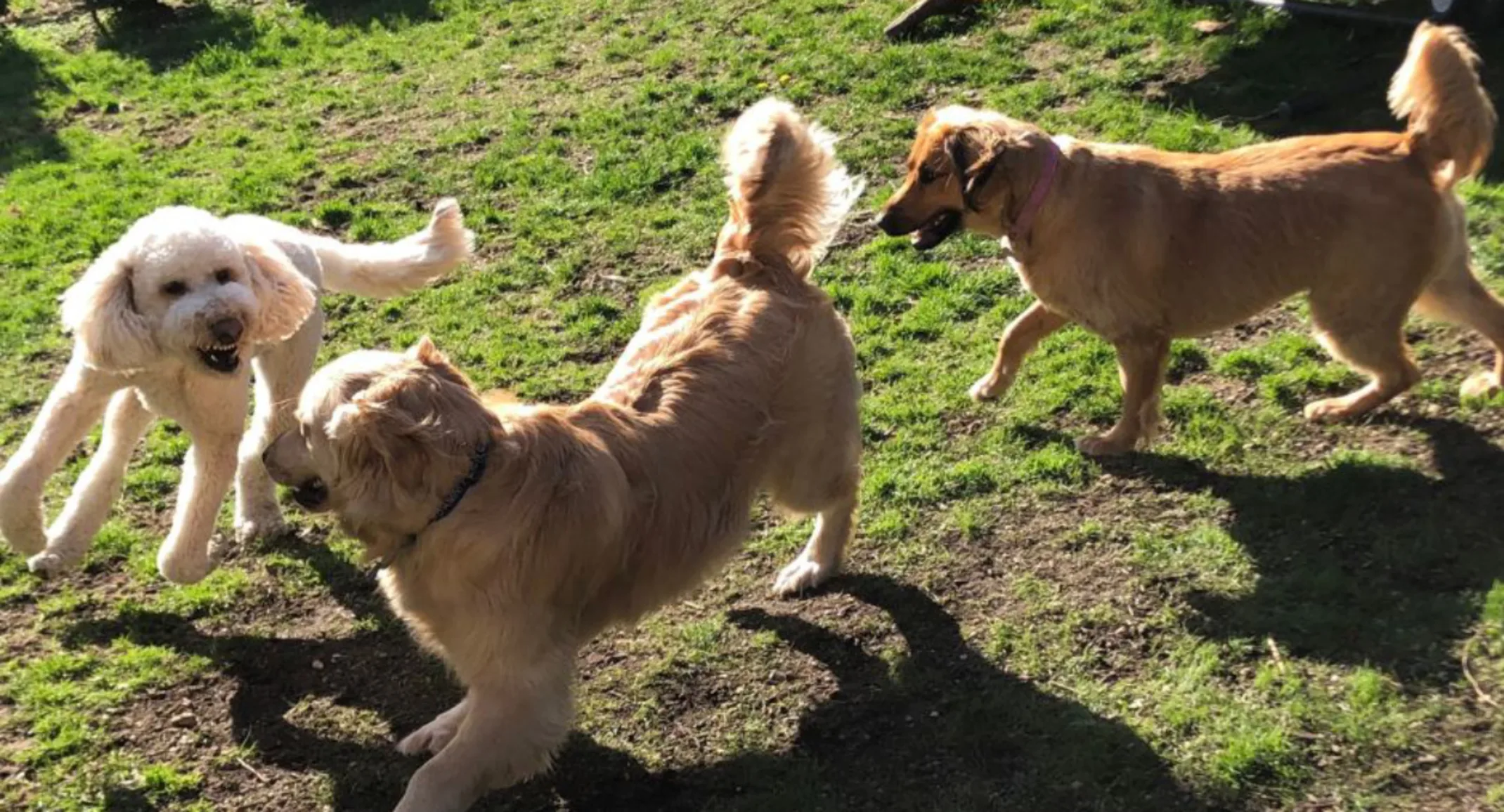Protecting Pets from the Houston Heat: What Every Pet Owner Should Know
June 9, 2025 · For Pet Owners

As temperatures soar in Houston, it’s important to remember that our furry companions feel the heat just as much, if not more, than we do. Gulf Coast Veterinary Specialists (GCVS) sees a rise in heat-related emergencies every summer, including heat stroke, dehydration, and burned paw pads. Knowing how to recognize, prevent, and respond to heat stress can save your pet’s life.
Why Houston Heat is Dangerous for Pets
Houston’s combination of high temperatures and humidity can quickly create dangerous conditions for pets. Unlike humans, dogs and cats cannot efficiently cool down by sweating, so they rely on panting and sweating through their paw pads. In extreme heat, this method isn’t enough.
Breeds Most at Risk for Heat Stroke
Heat stroke is not restricted to specific breeds; some are more at risk than others. At GCVS, we often see heat-related emergencies in the following:
Brachycephalic breeds (short-nosed dogs): French Bulldogs, English Bulldogs, Pugs, Boxers, Boston Terriers, and Shih Tzus
Giant breeds: Great Danes, Saint Bernards, and Mastiffs
Thick-coated breeds: Huskies, Malamutes, Golden Retrievers, and German Shepherds
Senior pets and those with underlying heart or respiratory conditions.
Even young, healthy pets can suffer heat stroke with just a few minutes of overexertion or exposure to high temperatures.
Signs of Heat Stroke in Pets
Knowing the signs of heat stroke is important. Symptoms can appear suddenly and escalate quickly.
Watch for:
Excessive panting or drooling
Bright red or pale gums
Rapid heart rate
Vomiting or diarrhea
Lethargy, disorientation, or collapsing
Seizures or loss of consciousness (severe cases)
If you notice any of these signs, treat it as a medical emergency.
What to Do If You Suspect Heat Stroke
If you think your pet may be experiencing heat stroke, make sure you:
Transport your pet to a shaded area immediately.
Offer cool (not cold) water to drink, but do not force them to drink.
Use lukewarm water on their body (not ice water) and place cool, wet towels on the neck, chest, and paw pads.
Avoid ice baths or cold water, which can cause shock.
Get veterinary care right away. Call your veterinarian or immediately bring your pet to an emergency animal hospital like GCVS.
How to Prevent Heat Stroke in Pets
Avoid outdoor activity during peak heat (10 AM – 6 PM)
Always provide access to shade and freshwater
Never leave pets in parked cars, even for a few minutes
Limit walks to early morning or late evening
Use cooling mats, fans, or dog-safe frozen treats to keep pets comfortable
Monitor at-risk breeds and senior pets closely in hot weather
When in Doubt, Call GCVS
If your pet shows any signs related to heat exposure, don’t wait. Contact your veterinarian or head to an emergency facility. At GCVS, our Emergency and Critical Care teams are available 24/7 to provide advanced care for pets in need.
